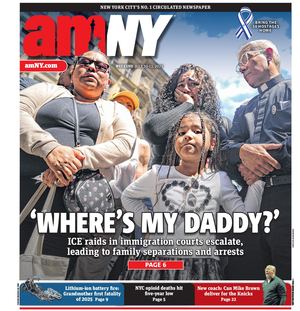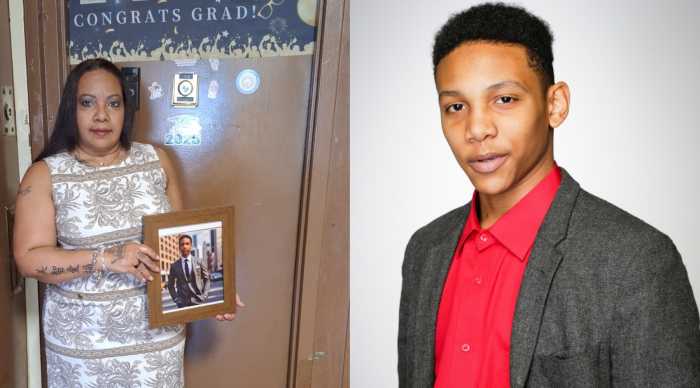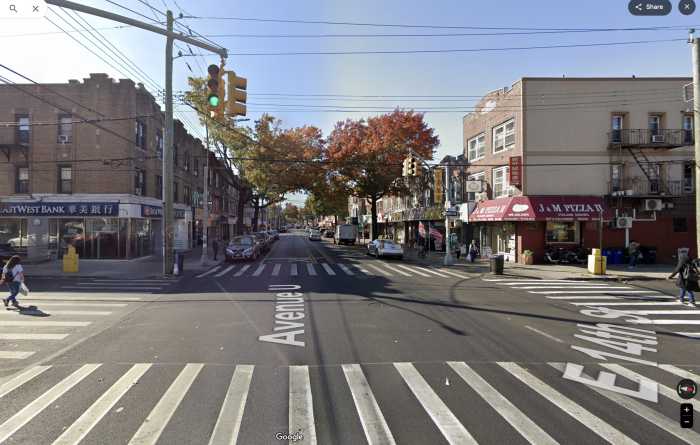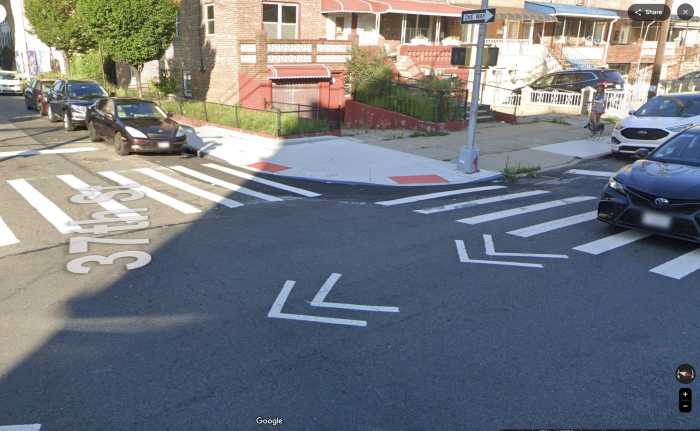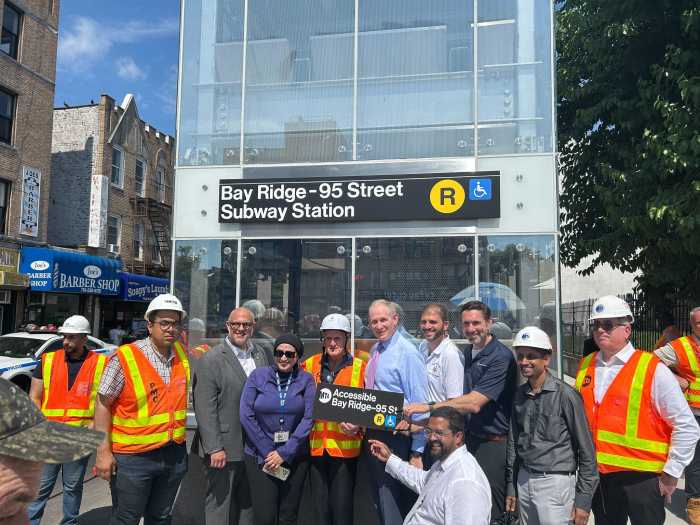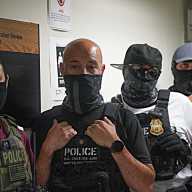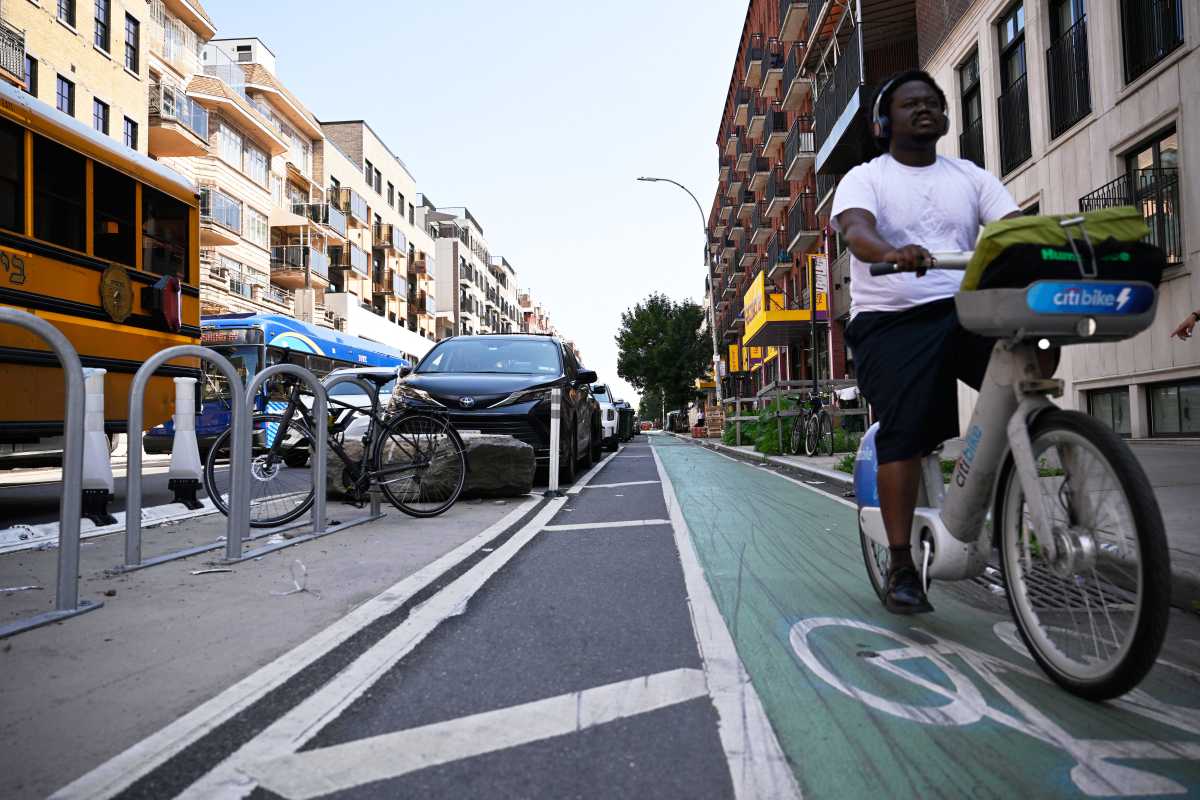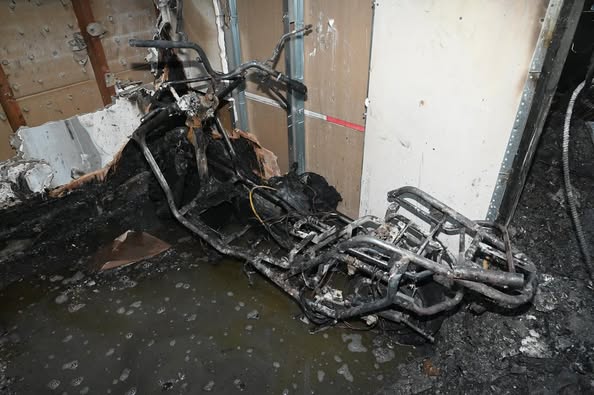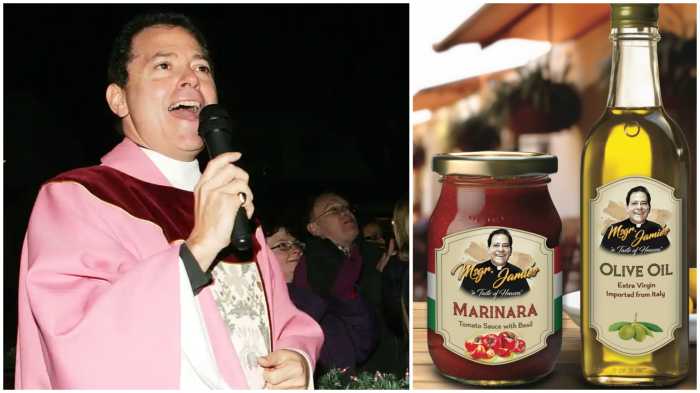
The lawmaker stuck with the slowest MTA buses in New York is hoping to shine a light on shoddy service.
State Sen. Brad Hoylman has requested an audit from State Comptroller Thomas DiNapoli to review bus wait times and service reliability. Hoylman’s 27th District, which includes a large swath of the West Side and midtown, features buses that travel at an average speed of 4.7 mph, according to an analysis from the Bus Turnaround Campaign.
“You can walk faster than taking a bus — that shouldn’t be that case,” Hoylman said.
Mired in mounting congestion and lacking modern technology, the MTA has experienced a steady decline in bus ridership over the years as the city’s population grows. Between 2010 and 2015, the city added 520,000 jobs and 370,000 residents while annual bus ridership dropped by 46 million.
“In other cities – Paris and London, to name two – buses aren’t a pokey way to get across town; they’re a vital part of the transportation infrastructure,” Hoylman said. “We need to improve the image of our city bus service and make it more attractive for everyone.”
Mark Johnson, a spokesman for DiNapoli, said the comptroller’s office has “received the letter and [is] giving it serious review.”
Hoylman said the city and the state-run MTA could do more to build out bus lanes, grant buses priority at intersections and incorporate technology that would speed bus boarding times. There’s all-door boarding, where people pay fares before entering a bus, and Traffic Signal Priority, technology that allows buses to communicate with traffic lights to hold green lights or delay red lights in order to move a bus through an intersection.
During a bus service presentation at the MTA’s March board meeting, the agency acknowledged that these ideas – all elements of Select Bus Service – would work well at a larger scale.
But the presentation included few details about implementing the strategies throughout the MTA’s network of buses, which carry 2.5 million people each day.
“There’s some indication that the MTA is also taking this agenda to heart,” said Jon Orcutt, spokesman for TransitCenter, one of the groups involved in the Bus Turnaround Campaign. “We welcome a wider public conversation about the quality of bus service in the city.”
Kevin Ortiz, a spokesman for the MTA, said the agency was “committed” to expanding Select Bus Service and will work with the city on other aspects of service Hoylman mentioned.
“However, we don’t have direct control of road conditions on city streets,” Ortiz said. “We are continuing to collaborate with DOT and NYPD to prioritize bus service as they address traffic congestion, unauthorized vehicles in bus lanes, double parked cars and other factors that have the most direct impact on bus speeds and service reliability.”
